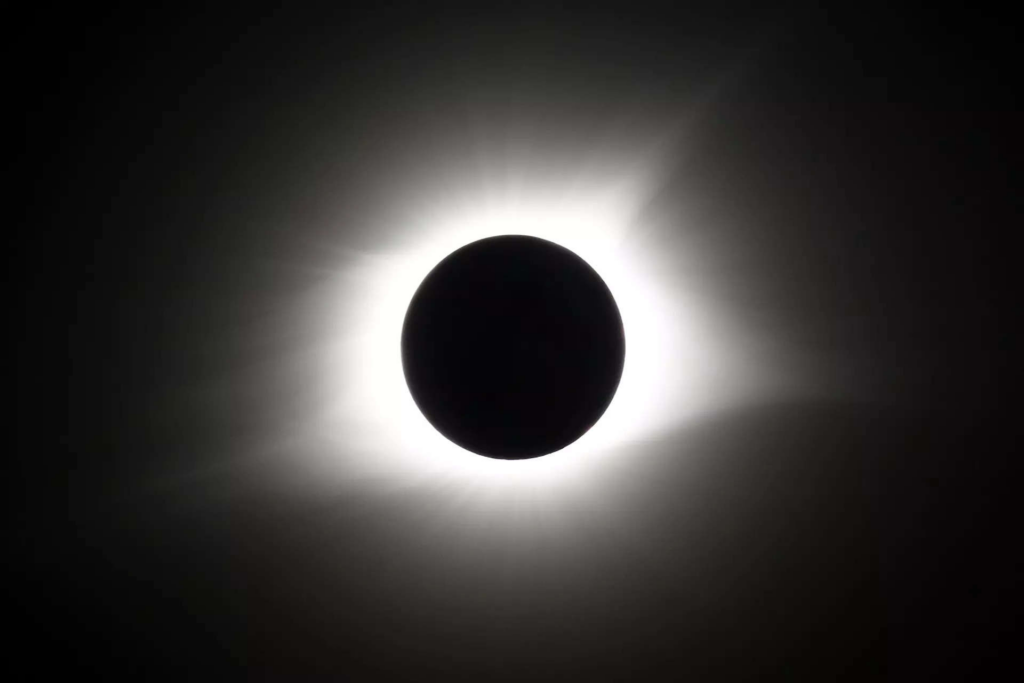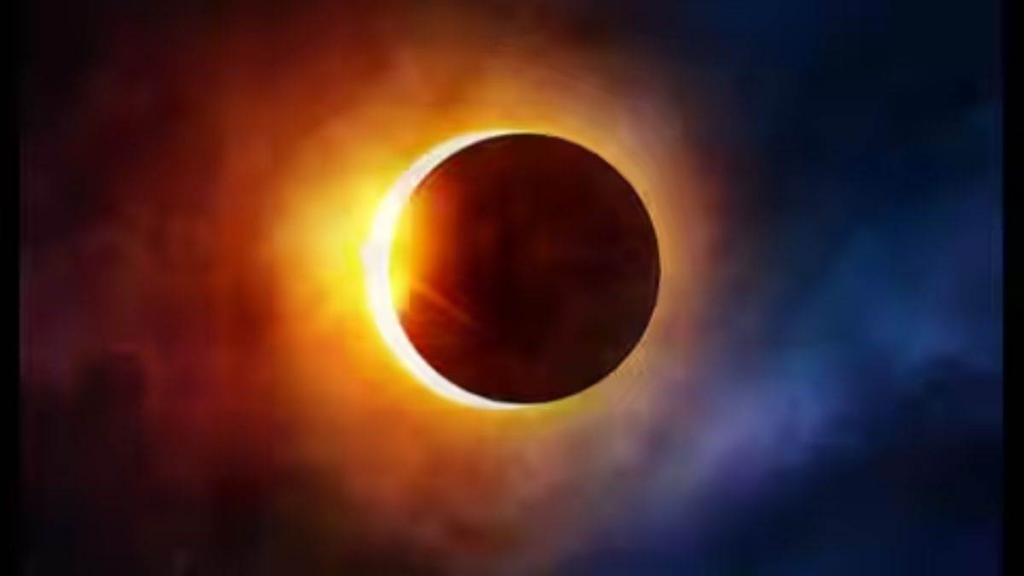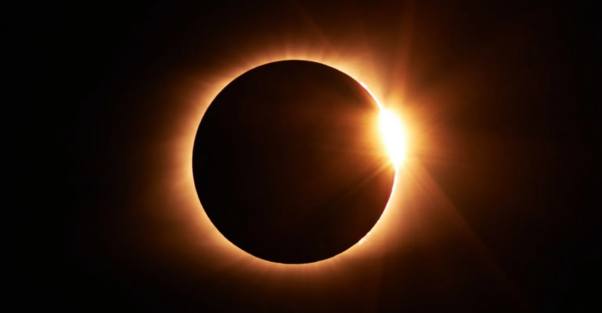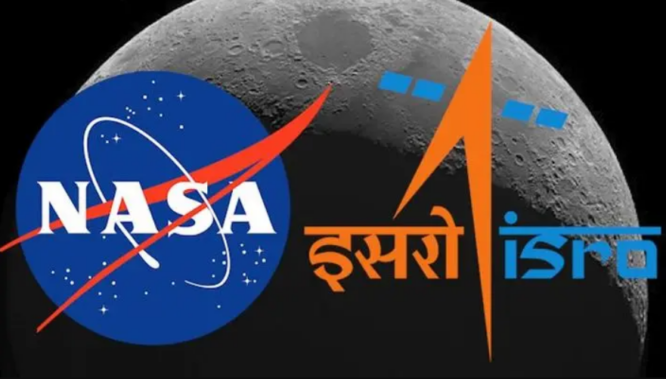The hybrid solar eclipse will take place on April 20, 2023. This will be the first total solar eclipse of 2023. The solar eclipse will be visible from numerous locations around the globe. The solar eclipse will not, however, be visible in India. There will be four eclipses during the year 2023. Two solar eclipses and two lunar eclipses would be included.

Are any precautions recommended?
Yes. Solar eclipses can cause irreversible ocular injury, so it is vital to take certain precautions when observing them. Some of these injuries may also result in total blindness. NASA recommends using filters such as black polymer or welding eyewear. Using a telescope, one can also attempt to project the image of the sun onto a flat surface, such as a whiteboard. Observing the eclipse with binoculars or a telescope is also possible.
Timings
At 7:04 a.m., the very first solar eclipse of 2023 will begin. As per the Indian astrological calendar, the solar eclipse will conclude at 12:29 p.m. However, the solar eclipse will not be visible in India.

In which countries can solar eclipses be observed?
Countries in East and South Asia, Antarctica, the Pacific Ocean, the Indian Ocean, and Australia will be able to observe the solar eclipse.
Location of the global eclipse
When the eclipse occurs, these are the precise UTC times:
| Solar eclipse event | UTC Time | Time in New Delhi |
| The very first location to observe the partial eclipse commence | April 20, 01:34:26 | April 20, 07:04:26 |
| The very first location to observe the full eclipse commence | April 20, 02;37:08 | April 20, 08:07:08 |
| Maximum eclipse | April 20, 04: 16: 53 | April 20, 09:46:53 |
| Last location to view the full eclipse end | April 20, 05:56:43 | April 20, 11:26:43 |
| Last location to view the partial eclipse end | April 20, 06: 59:22 | April 20, 12:29:22 |
This hybrid solar eclipse will be visible from Barrow Island in Western Australia and the North West Cape peninsula, as well as the eastern portions of East Timor and Papua New Guinea. The total eclipse will be visible from Damar Island.
When does a solar eclipse occur?
A solar eclipse occurs when the moon passes between the Sun and Earth, obscuring the view of the Sun for an observer on Earth, either partially or completely. A solar eclipse occurs when the apparent diameter of the moon is larger than the apparent diameter of the Sun, obstructing all direct sunlight and transforming daytime into night.
What is a solar eclipse hybrid?
A hybrid solar eclipse is an uncommon occurrence in which the eclipse changes from annular to total and back again as the moon’s shadow travels across the Earth’s surface. The path of totality traverses a limited portion of the Earth’s surface, allowing the partial solar eclipse to be observed over a region approximately thousands of kilometers across. It is uncommon for hybrid solar eclipses to occur. Only 3.1% of solar eclipses throughout the entirety of the 21st century were hybrid eclipses.




